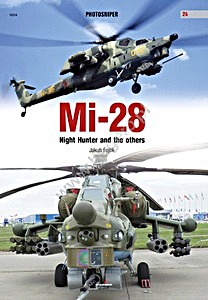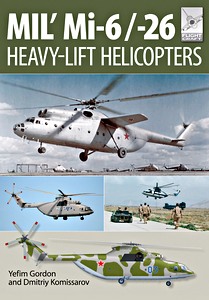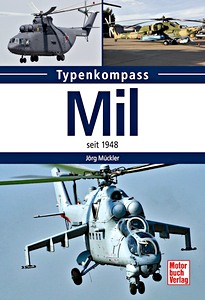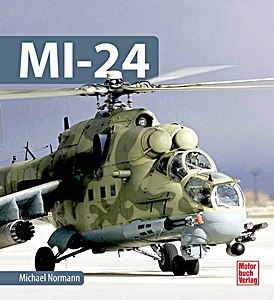Mi-28 Night Hunter and Others
The Mil design bureau, led by Mikhail Leonteyevich Mil, was one of the leading soviet plants promoting combination of helicopters and firepower. Mil was personally involved in the development of pre-war A-7 autogyro equipped with machine gun for its own defence and two more for ground targets destroying.
However, this type did not reach mass production. But Mil was since that time thinking about arming the rotorcraft, especially after his practise during design of several Bratukhin helicopters, of which some models were intended for artillery spotting and clearly showed that helicopter can play an important role in the army and can be a part of front line units.

When the Mi-1 helicopter was test flown for the first time on 20th of September 1948, it was clear a very versatile type was born. It became the first mass produced soviet helicopter with vide variety of special variants both for civil and military applications.
The Mi-1 was the first in a line of Mil helicopters, which were not only built used in the Sovjet Union but also in other countries.
In this book Jakub Fojtik describes the history, development and use of the Mil Mi-28 helicopter.
Product details
| Author: | Jakub Fojtik |
|---|---|
| Details: | 80 pages, 29.5 x 21 x 0.7 cm / 11.6 x 8.25 x 0.28 in, paperback |
| Illustrations: | 220 colour photos |
| Publisher: | Kagero Oficyna Wydawnicza (PL, 2017) |
| ISBN: | 9788365437136 |



![Pages of the book [TK] Mil - seit 1948 (1)](../afb/details/PP04098.jpg)



![[NVG] Mil Mi-24 Hind Gunship](../afb/BLB/9781846039539.jpg)
